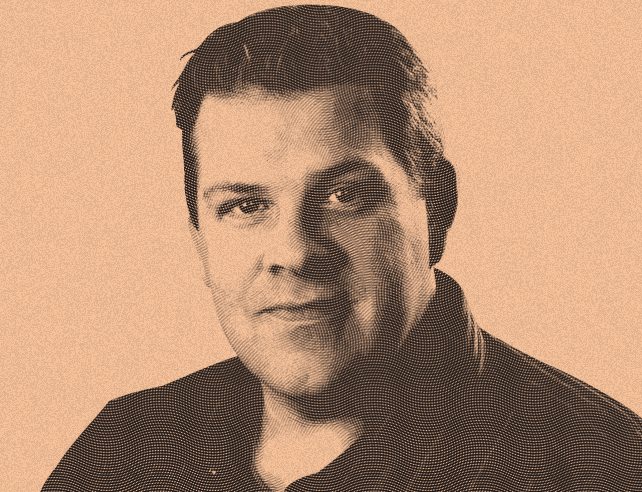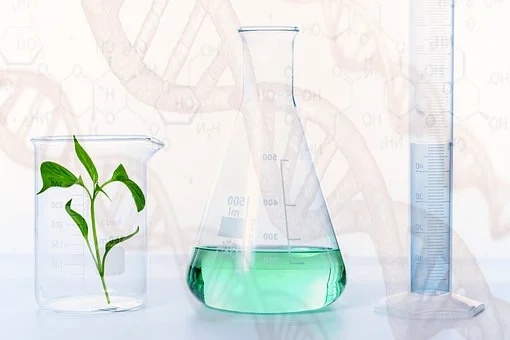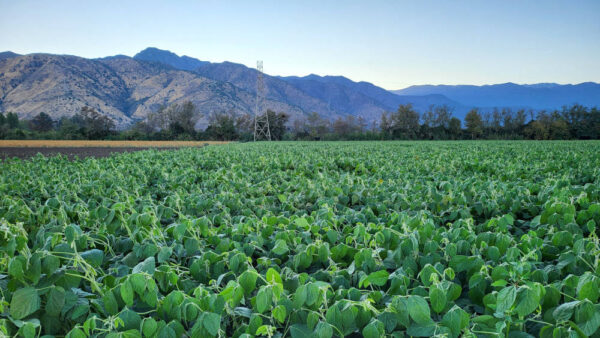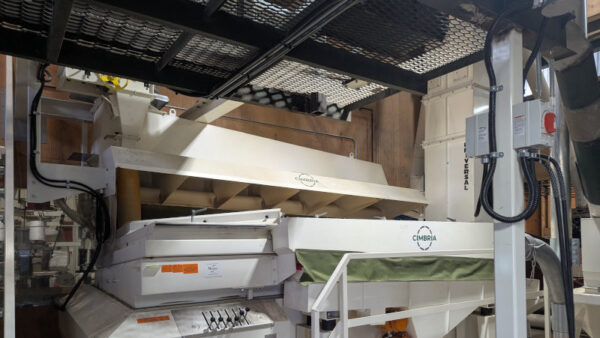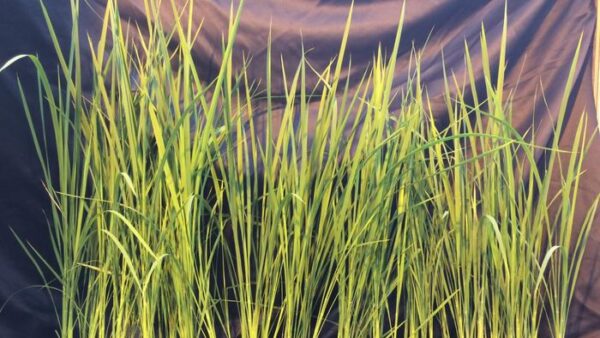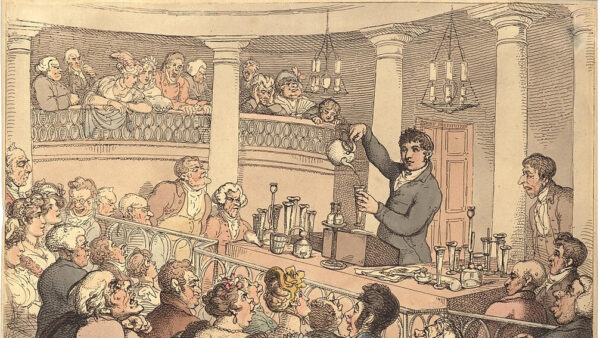NOTE: This column comes with an accompanying podcast. Scroll to the bottom to listen!
Back in March, I picked my 14-year-old daughter Ally up from dance class. It seemed like something was on her mind, so I asked her what was up. She said she’d got into a debate with someone in her class about that three-letter word that seems to spark a lot of heated discussions these days — GMOs.
Ally, of course, has come to understand how important GM and other breeding technologies are. Growing up around me and other seed industry folks, she’s had the benefit of being informed by knowledgeable people who have given her good information about the topic. She knows what GMOs are, why we need them, and the important purpose they serve and will continue to serve on our planet.
She’s also excited about new technologies like CRISPR that are making the news. She’s a young person who’s informed and engaged and anxious to spread the good news about agriculture at every opportunity.
Not everyone, though, has grown up in a family that lives and breathes seed and agriculture. So many members of the public get their information from sources that don’t know much about science and tend to mislead others.
As a result, our industry seems to spend an awful lot of time on the defensive, and it’s not helping that one big-name company after another seems to jump on the anti-technology bandwagon. More and more products in the grocery store now feature some sort of label declaring them as non-GMO, or gluten-free, or free of something else that makes people view our industry in a negative light.
There’s been a lot of talk lately about CRISPR, which could be a phenomenal tool for seed. Although it’s exciting, I have to wonder what the public perception will be of something that; while it makes absolute sense scientifically and is safe, still sounds like scary new technology. We often fear what we don’t understand.
Public perception goes beyond just agricultural production. It extends to greenhouse gas emissions, energy use and issues around sustainability. We’re fighting a battle for public opinion, and although progress is being made, I’m not sure we’re winning the fight.
Our industry needs to speak with a more consistent voice — there has to be that one point of reference the public trusts. Agriculture has embraced technology more and more, and will continue to do so. We are a highly technical business that relies on new technology, and yet that’s almost the opposite of what the public wants from us. We need to bridge that communication gap.
The Seed Synergy Collaboration Project being spearheaded by our six seed sector representative groups is an opportunity for us to come out with a consistent, single voice that represents us from breeding right through to the retail side.
It’s not just the public we need to influence — producers must receive a good signal of what to put in the ground. If I’m growing oats and I see this rising movement that tells me I shouldn’t use pre-harvest glyphosate, how does that impact me if I’m accustomed to straight cutting? Does that limit my field selection potential?
If we miss the boat when it comes to both communicating with the public and producers, then we’ve got a pretty messy situation on our hands.
Our next generation is one bright spot in this rather complicated situation. Young people are very impressionable, and in them I see an opportunity to help shape public opinion in the years and decades ahead.
I’m proud each time my daughter takes it upon herself to discuss our industry in a positive way. We need as many people as possible to stand up for our industry — doing so is only going to get more important as time goes on.


